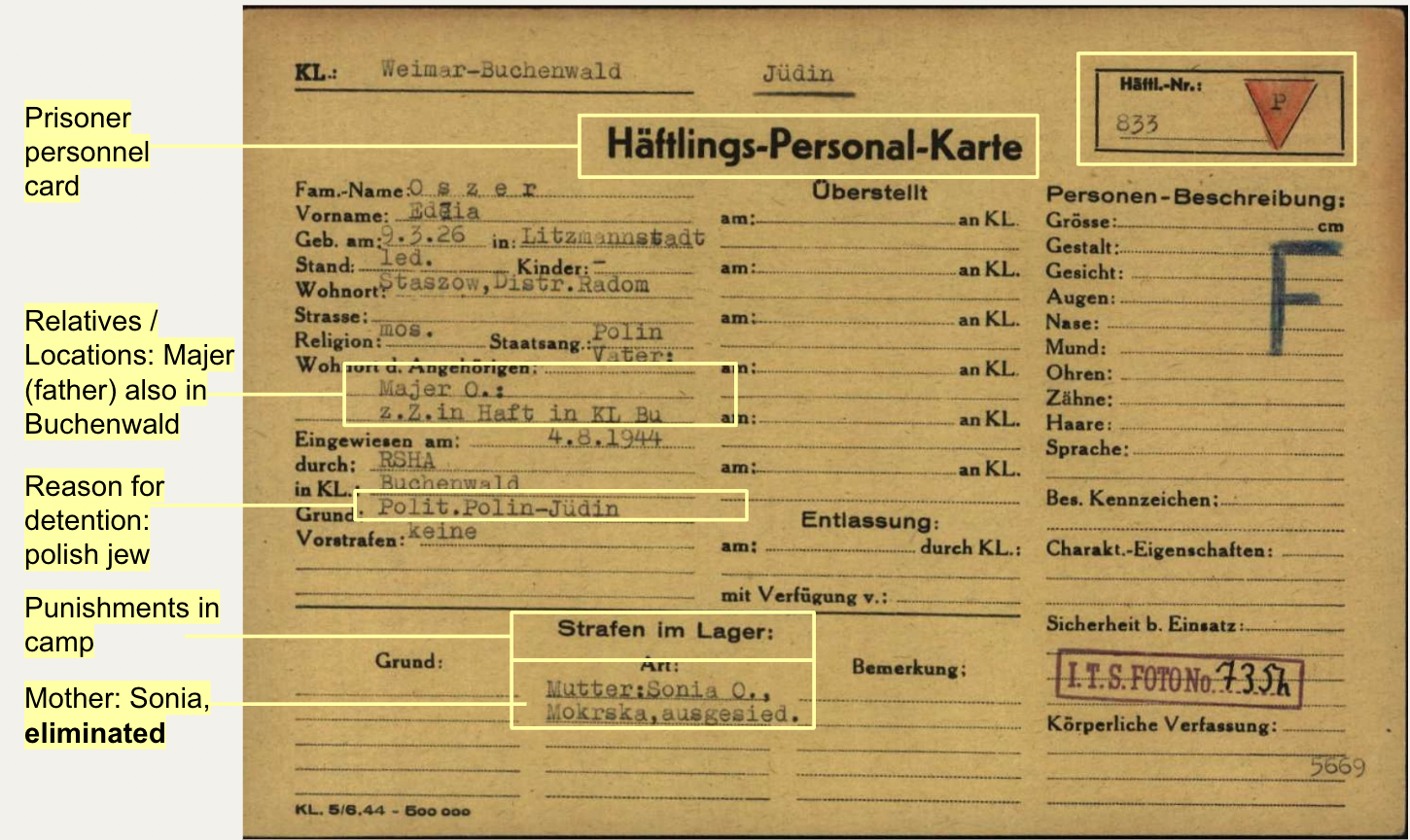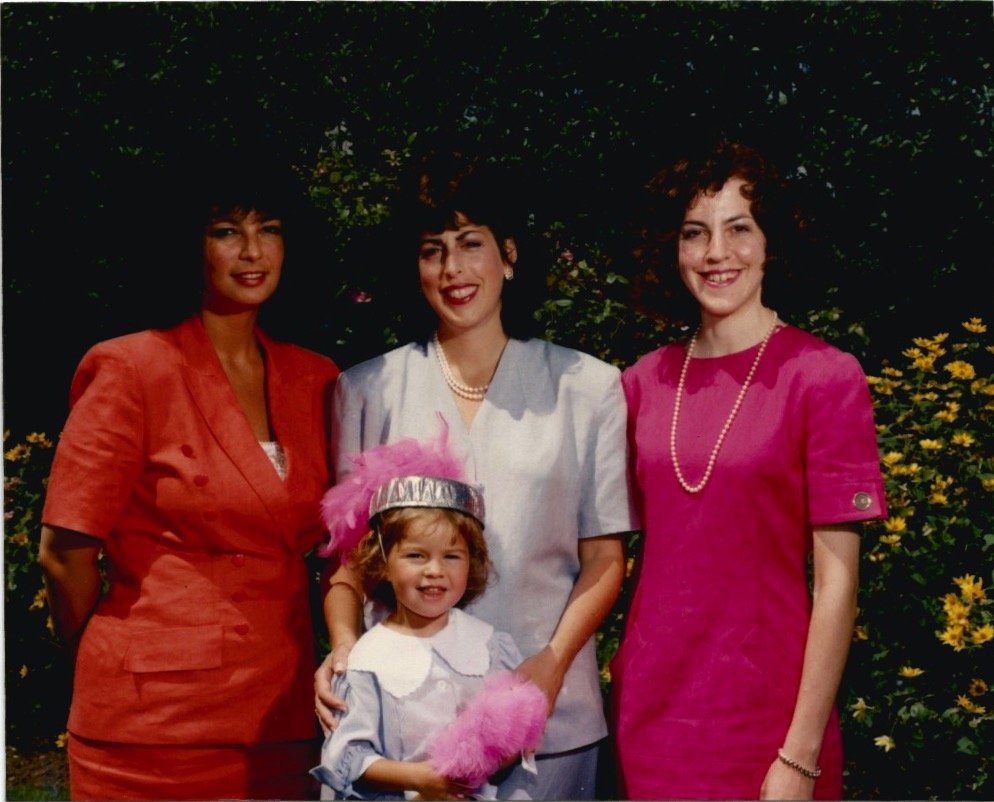Osher Family
In 1893 Anshel Mayer Oszer is born to Jakob Oszer and Esthera Braun in Wieruszów Poland. He could not have imagined what was ahead in the next century; winning the lottery, losing everything, and trying to rebuild his life after unthinkable tragedy.
1900-1920
Family lore tells us that the Oszer family won a million zloty prize in a local lottery at the turn of the century. This newfound wealth afforded the family a lavish lifestyle including a country home, frequent visits to the opera, private schooling for the Anshel’s three children Joseph, Rina, and Esther.
This is a municipal document noted the sale of a factory to the Oszer brothers. This property sale in Lodz is for 10,000 Polish Marks but due to economic instability at this time it is difficult to say what the equivalent would be in today’s market.
1930-1945
The Oszer girls, who shared a bedroom, attended the Katzenelson school in Lodz on Adama Próchnika 33. They enjoyed summers in Wiśniowa Góra, learning how to swim from their father, picking berries and hazelnuts in the forest, and playing with friends nearby. Esther, the baby of the family, named after her paternal grandmother, said that she was her father’s favorite and could do no wrong. She had a “wonderful” childhood.
In 1939 the Oszers began preparing for the worst case scenario as the Germans invaded Poland. Anshel and their polish maid arranged to move the family to another location in Warsaw. Sonia prepared knapsacks for all of the children and insisted that they sleep fully clothed in case they would be awoken in the middle of the night. Before they could act on their plan, the Germans brought the family into the Lodz ghetto under constant supervision by guards. By 1941 conditions had severely worsened; crowding, disease, and desperation drove the family to try to flee once again to Warsaw. This time they paid german guards to take them away on a snowy night but the german refused midway and the family was stranded in pitch black darkness during a blizzard. They walked towards a house in the distance and by the luck the family allowed them to stay overnight, saving them for the cold.
Eventually, they made it to the rented apartment in Warsaw but found themselves again taken into the ghetto. Once again they managed to pay for fake papers so that they could escape the ghetto. This time they fled to a farm in the countryside. They continued wearing the compulsory yellow Jewish star on their coats but obscured them with shawls to avoid attention from people on the street.
Anshel was the first family member to be taken away by the Nazis. In 1942 he was taken to work in an arms factory in Skarysko-Kamienna. This frightening escalation in the war made Sonia want to go into hiding and flee the area with her daughters but Edzia refused. She was so traumatized by the wintry escapes they had made—and narrowly escaped before—that she could not imagine going on the run again, especially without her father. Instead the family split up, Sonia and Regina fled and Edzia remained with her aunt Ruzia.
Prisoner card belonging to Edzia (Esther) Oszer (Osher) in 1944. Cards like these were used to classify prisoners in Buchenwald and other camps. In this card we have the first mention that her mother Sonia was killed. What is so striking about these documents is how they reveal such monumental information in brief and cold simplicity.
The reason for detention: Jew
Punishments in camp: Mother: Sonia Osher “eliminated.”
Sonia Osher would never have a gravestone nor a funeral. Nor would her daughter, Rina Osher. Instead, the only mention of their likely dual-death is this footnote on a prisoner card.
It is not clear whether, Anshel, who was living in barracks listed in these documents, knew of his family’s murder during this time. It was noted in his papers that he was a watchmaker and thus perhaps spared the gas chamber because he could prove useful to Nazi soldiers in the camp.
1945-1950
Buchenwald, which was one of the largest concentration camps, was liberated in April 1945. But by then over 56,000 people were killed there. Two of them, Sonia and Rina Osher.
The surviving Oshers were rendered nationless and moved to a United Nations Displaced Person Camp in Feldafing Germany. There, they were joined by thousands of other survivors searching desperately and unsuccessfully for loved ones.











